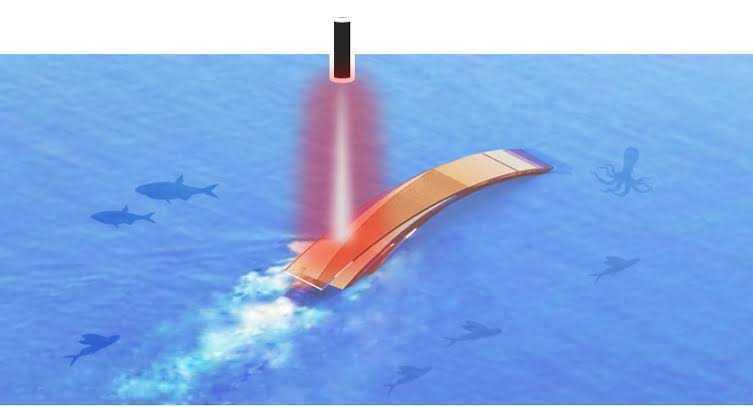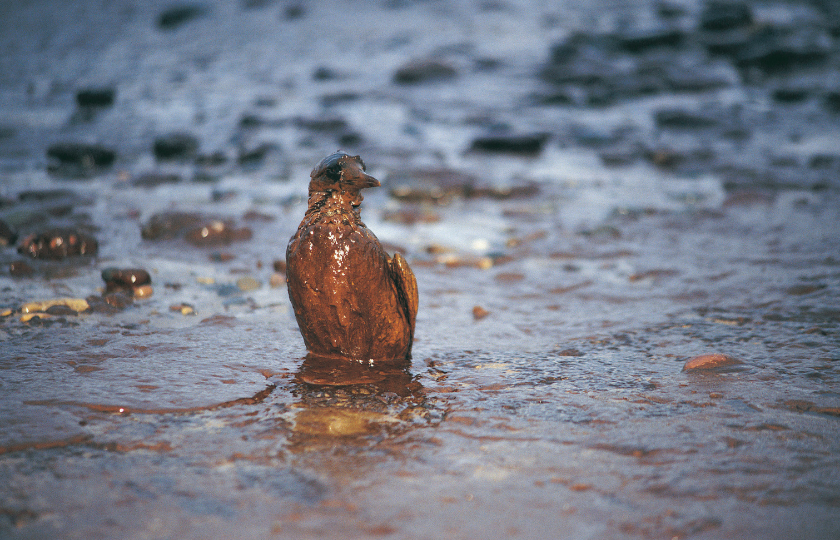When oil spills on our natural water sources, its effect can be catastrophic. It can kill animals and plants, alter the salinity and pH levels of the water, and cause widespread environmental pollution.
Different types of equipment are used to clean up oil spills, including oil booms, skimmers, and sorbents.
Unfortunately, the removal process can be challenging, especially in unstable climates.
At the University of California, Riverside (URC), researchers have created soft robots called Neusbots that can float on water and clean oil spills in any location.

These thin-film robots powered by light and water can also be trained to remove contaminants from drinking water.
“Normally, people send ships to the scene of an oil spill to clean by hand. Neusbot could do this work like a robot vacuum, but on the water’s surface,” said Zhiwei Li, researcher and chemist at UCR.
Dubbed after neustons – a category of insects that include water striders who traverse the surface of lakes and streams with a pulsing motion – the robots can move on any body of water.
According to Li, the soft robots are sustainable and can adapt to the environment. They use sunlight for power, water as fuel and do not require additional energy sources. Because of the robots’ pliability and sustainable energy source, they can be deployed to remote locations indefinitely, compared to other methods of oil spill removal. In addition, the film is also re-usable.
“There aren’t many methods to achieve this controllable movement using light. So we solved the problem with a tri-layer film that behaves like a steam engine,” Li explained.
The current version of Neusbot only features three layers. The research team wants to test future versions with a fourth layer that could absorb oil or one that absorbs other chemicals. They would also like to try and control its oscillation mode more accurately and give it the capability for even more complex motion.
“We want to demonstrate these robots can do many things that previous versions have not achieved,” Li concluded.



